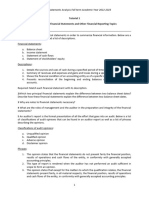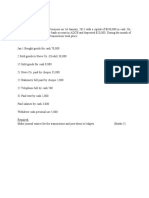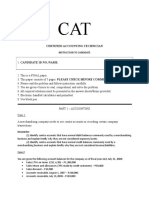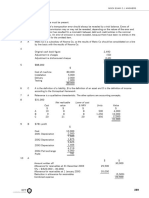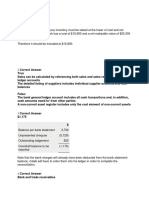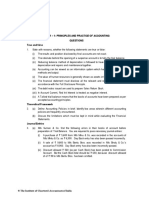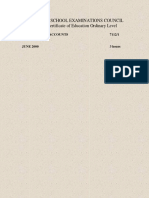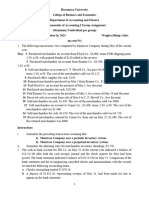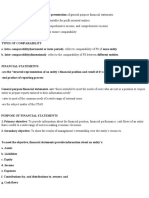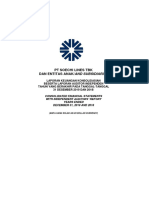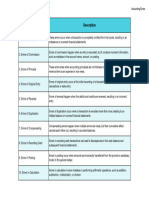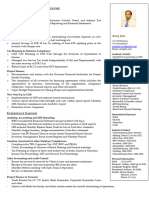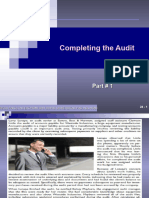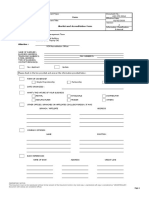0% found this document useful (0 votes)
491 views33 pagesF3 Assignment Pack PDF Final
The document outlines various accounting concepts and transactions, including differences between business entities, corporate governance, and the accounting equation. It presents specific scenarios for recording transactions, handling discounts, and preparing financial statements. Additionally, it covers topics like depreciation, inventory adjustments, and the preparation of consolidated financial statements.
Uploaded by
Yahya AamirCopyright
© © All Rights Reserved
We take content rights seriously. If you suspect this is your content, claim it here.
Available Formats
Download as PDF, TXT or read online on Scribd
0% found this document useful (0 votes)
491 views33 pagesF3 Assignment Pack PDF Final
The document outlines various accounting concepts and transactions, including differences between business entities, corporate governance, and the accounting equation. It presents specific scenarios for recording transactions, handling discounts, and preparing financial statements. Additionally, it covers topics like depreciation, inventory adjustments, and the preparation of consolidated financial statements.
Uploaded by
Yahya AamirCopyright
© © All Rights Reserved
We take content rights seriously. If you suspect this is your content, claim it here.
Available Formats
Download as PDF, TXT or read online on Scribd
/ 33





